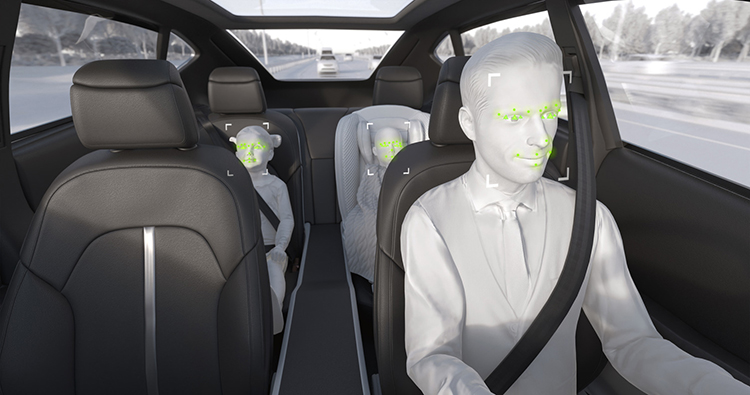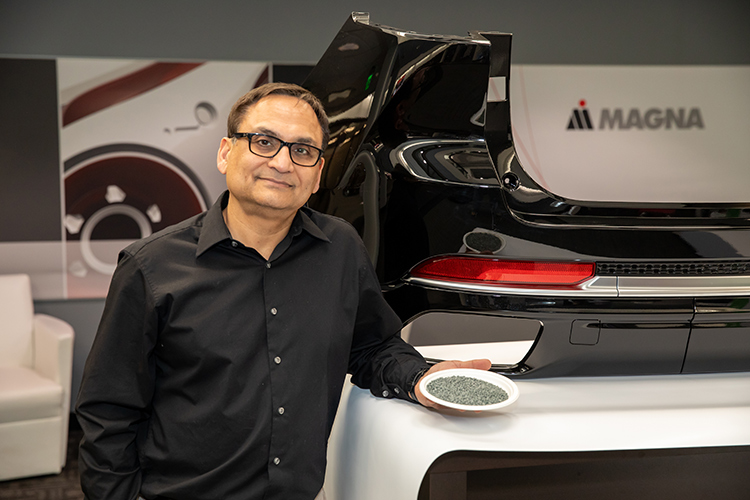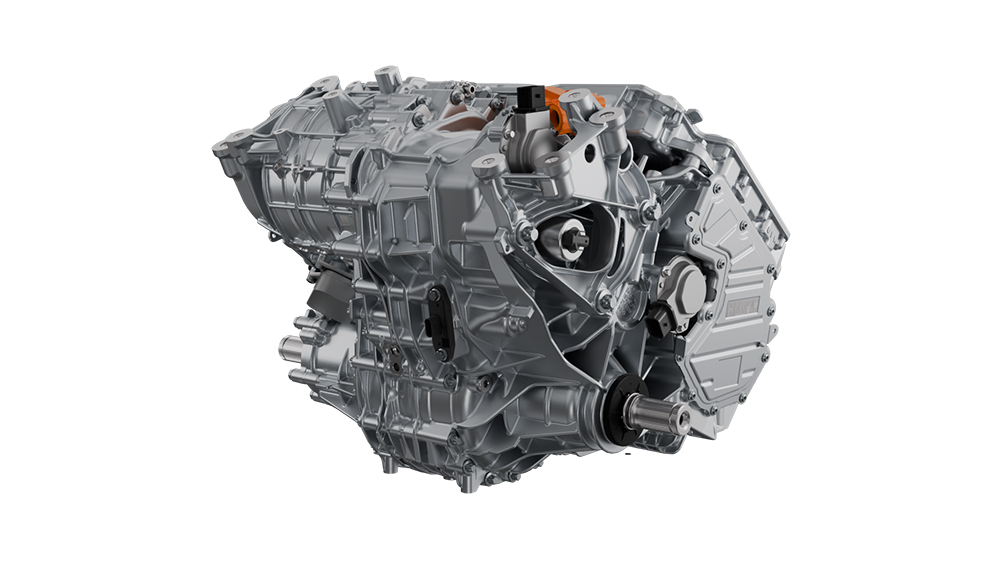This could mean anything from adaptive safety changes in response to driver fatigue to personalized lighting and audio celebrations for the vehicle owner’s birthday. Real-time adjustments can also be made to the cabin’s air purification system and climate settings based on the number of occupants. All these features can adapt to the physical or emotional states detected in the occupants.
The possibilities are virtually limitless. The technologies behind them are evolving from basic driver monitoring to a smarter, multi-sensor approach, including cameras, radar, and biometric sensors. These are fused with sophisticated, AI-driven algorithms that address critical elements affecting occupant awareness and wellbeing.
Magna is exploring camera-based health monitoring that detects heart and breathing rates. AI and machine learning use this data to assess cognitive levels affected by fatigue, drowsiness, intoxication, or stress—conditions that could impact the safety of the driver, passengers, and other motorists. Active responses could range from altering interior lighting and suggesting alternate driving routes to reduce stress, to activating adaptive safety features in more serious conditions. These features can alert the driver, adjust powertrain performance as needed, and even contact emergency services.
Additionally, Magna is developing driver drowsiness and attention-warning features to meet mandates for the European Union. The EU implemented drowsiness detection in June 2024 and will require attention warning systems starting in June 2026. These and other technologies will gradually filter into global markets, with adoption being more prevalent in premium vehicles as well as mid-segment, which provide a balance of affordability and quality with better features than entry-level models.
These new adaptive features will blend seamlessly into the driving experience, evolving into integral elements that offer hyper-personalized experiences. They are designed to make your journey smarter, safer, and more comfortable. In an era where the cocoon of a vehicle’s passenger space is more important than ever, a technology-driven interior cabin revolution will help create a greater sense of harmony and wellbeing.





